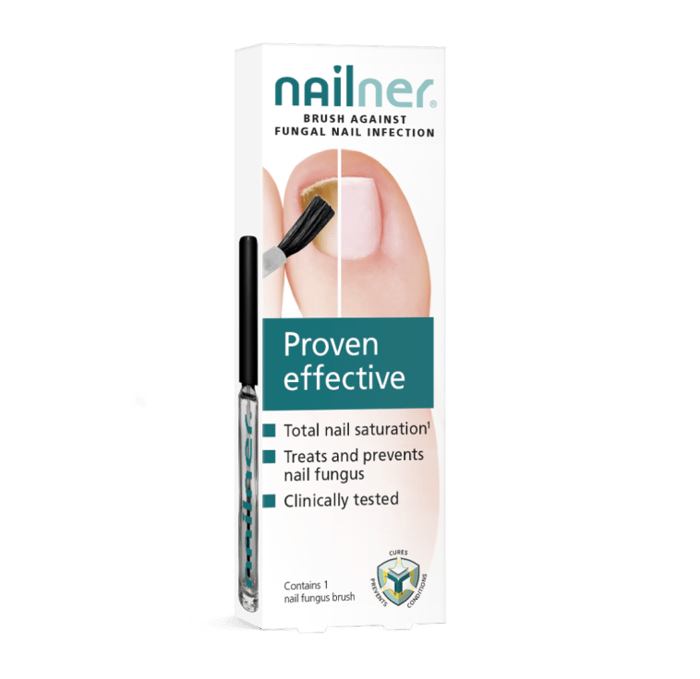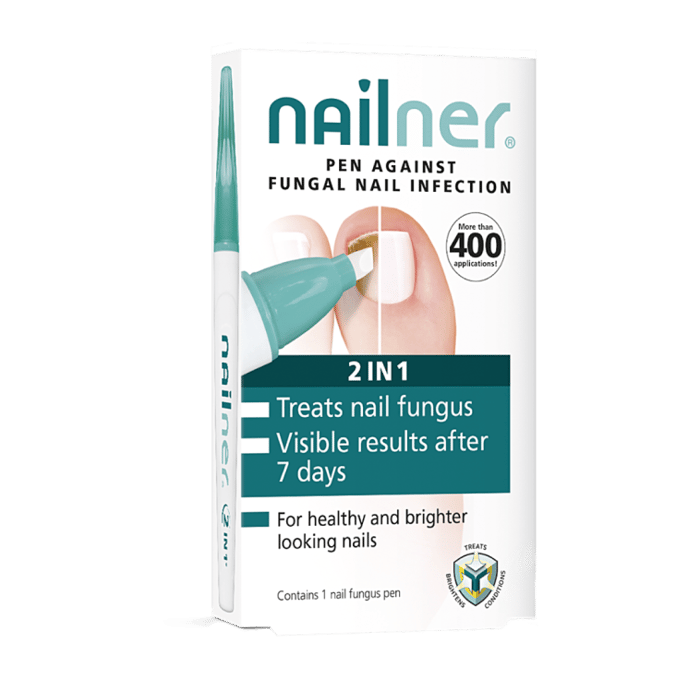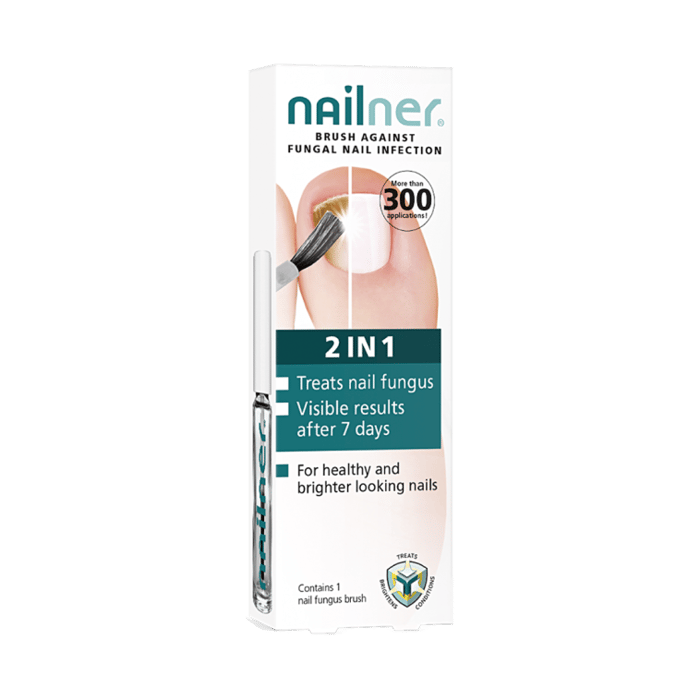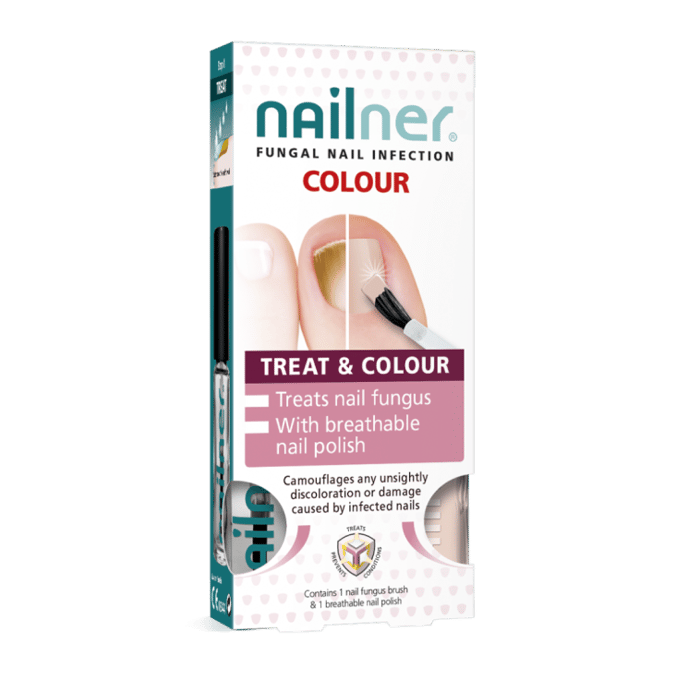Thick Toenails
Are you worried about your thick toenails?
Whether your thick toenails are making you feel self-conscious or causing you discomfort, this is one affliction that you should not ignore.
Often a sign of an underlying condition, thickened toenails are most likely the result of a fungal infection. And, if left untreated, they can become very painful.
Fortunately, if you have thick toenails, it is not too late to find the right treatment.
Read on to discover:
What are the symptoms of thick toenails?
Often thick toenails go unnoticed, especially in older adults who can naturally experience thicker nails. However, as your nails become thicker, you may also notice further symptoms, including:
- Brittle nails
- A bad odour coming from the toenail
- Nails that easily lift up from the nail bed
- Difficulty in trimming the nails
- Cracking or splitting of the nails
- Pain or discomfort
- Toenails that appear scaly or chalky
It is also not uncommon to experience discoloured toenails. They may become yellow, green, or even brown.
What are the causes of thick toenails?
Thickening of the toenails can indicate that you are experiencing a health problem. However, this isn’t all. This is what it can indicate.
Fungal infections
As one of the top thickening toenail causes, fungal and yeast infections affect around 1 in 10 people.
As your feet spend most of the day encompassed in socks and shoes, they offer the perfect environment for fungus to grow and spread.
While some people are more prone to nail fungus than others, you can reduce your risk of getting this infection by practising good hygiene and keeping your footwear dry.
Some of the most common causes of fungal infections in the toenails are:
- Wearing restrictive footwear
- Having an injury or damage close to the toenail
- A weakened immune system
- Athlete’s foot
- Being a smoker
- Medical conditions such as type 1 and type 2 diabetes, circulatory issues, and psoriasis
Fortunately, all you need to do is use a toenail thickening treatment, which is designed to eliminate nail fungus, and your symptoms should gradually start to clear up.
An injury or trauma
The next most common cause of thick toenails is an injury or some form of trauma. This can include a sporting injury, accident, or trauma caused by ill-fitting footwear.
It is worth knowing that thick toenails from trauma do not always appear immediately after the incident. It can take some time for the trauma to manifest itself.
If you don’t think you have a fungal infection and you have injured the affected area in the last few months, then this is the likely cause.
Yellow nail syndrome
Although rare, yellow nail syndrome can cause your toenails to thicken and become yellow in colour. This condition can also lead to respiratory problems and swelling in the arms and legs.
Yellow nail syndrome is often genetic.
Psoriasis
For those experiencing psoriasis, you may notice that your toenails start to thicken. You may also develop ridges on the nails, and they may start to separate from the nail bed.
If you are already using a treatment for psoriasis, you should find that this will improve all your symptoms, including thick toenails.
Ageing
As a person gets older, their toenails, and in some cases their fingernails, will naturally start to thicken. This is not a cause for concern and simply occurs because your body cannot regenerate itself as effectively as it once could.
While you can buff thick toenails that have occurred due to the ageing process, there is sadly no treatment for this.
Paronychia
Paronychia is a skin condition that causes swelling and redness around the nail. If you have this condition, you may also notice that your fingernails and toenails start to thicken and that layers of the nail start to peel off.
People who work in jobs where their hands get wet a lot, such as cleaners and cooks, are much more susceptible to paronychia. However, it can also occur if you frequently suck your fingers or if you trim your nails too short.

How do I treat thickened nails?
Depending on the cause of your thickened toenails, there are several possible treatments that you can try.
Nail Fungus Treatment
If your thick toenails are a result of a fungal toenail infection, then a simple over-the-counter anti-fungal medicine such as Nailner is all you need. You do not require a prescription to buy this.
It is worth noting that it can take some time for a fungal nail infection to completely clear up, so make sure that you complete the entire course of treatment. Toenails grow out very slowly, between 12-18 months, so you need to be patient and persistent in treating the infection.
If you do not see any signs of improvement after 10-14 days, then make an appointment with your doctor to rule out any other underlying conditions.
It is also not uncommon for fungal toenail infections to come back and, although this can be frustrating, you can use anti-fungal medication multiple times.
If you do experience ongoing fungal toenail infections, your doctor may recommend laser treatment or even removal of the toenail to thoroughly treat the nail bed.
Do home remedies work for thick toenails?
There are a variety of home methods that you can try to treat nail fungus. However, these should be used in addition to an anti-fungal medicine, not instead of one.
Some of the most popular home remedies include:
- Apply Vicks VapoRub to the affected area
- Clean the affected area daily with soap and water
- Keep the area dry and sweat-free
- Air your feet where possible
- Apply tea tree oil to the affected area twice a day
- Apply snakeroot extract to the area twice a day
- Soak the affected area in one part vinegar and two parts warm water for 20 minutes each day
Again, it is worth remembering that none of the above home remedies have been scientifically proven to treat nail fungus and thick toenails. However, none of them will cause any harm and may be able to quicken your recovery when used alongside an approved anti-fungal medication.

Are thick toenails dangerous?
In the vast majority of cases, thick toenails are not a cause for concern. However, if left untreated, they can continue to thicken and cause pain or discomfort when walking or wearing shoes.
For those that have a pre-existing medical condition, a fungal nail infection could lead to secondary infections, which may be dangerous. If your thick toenails worsen or do not improve after treatment, visit your doctor as soon as possible.
Who is at risk of developing thick toenails?
In the vast majority of cases, thick toenails are not a cause for concern. As mentioned above, toenail fungus loves moisture, so you might be more at risk of developing thick toenails if:
- You go barefoot in public swimming pools, showers, and gyms
- You spend a lot of time in water
- You wear ill-fitting shoes or shoes that restrict your feet
- You have sweaty feet
- You damage your toenails
- You have athlete’s foot
- You take medication that suppresses your immune system
- You are genetically predisposed to thick toenails
- You smoke
- You have a pre-existing medical condition such as diabetes or psoriasis
- You are undergoing cancer treatment
How can I prevent thick toenails?
Preventing thick toenails is a lot easier than treating a fungal toenail infection, so, where possible, you should make sure you practice good hygiene and take care of your feet.
There are several steps that you can take to minimise your risk of developing thick toenails, including:
- Wash your feet regularly and thoroughly towel-drying them
- Change your socks several times a day if you are prone to excessive sweating
- Rotate your footwear so that your shoes can dry out
- Use foot powder
- Wear flip flops when showering in communal spaces
- Keep your toenails trimmed with clean tools
- Purchase new footwear if you have had a fungal infection

When to see a doctor about thick toenails
In most cases, thick toenails are caused by a fungal infection. You do not need to see your doctor to be prescribed medication for this. Instead, visit your local pharmacy and ask for anti-fungal medication such as Nailner. This can be applied topically to the affected area.
If you have tried a particular treatment for fungal toenail infections and you have not seen any improvement in your symptoms in 10-14 days, then you should book an appointment with your doctor to see if there is another underlying cause of your thick toenails.
During your appointment, your doctor may take a swab under the nail or take a nail clipping to test for fungal growth. The earlier you diagnose a fungal nail infection, the easier and quicker it is to treat.
How to trim thick toenails?
When you are treating a fungal nail infection, you need to make sure that you keep your nails clean and well-maintained, as this will aid your recovery and minimise any discomfort.
To trim your thick toenails, simply follow the below steps:
- Soften your nails by soaking your feet in warm water for at least 10 minutes
- Dry your feet and toenails with a towel
- Using a nail clipper or nail nipper, take small cuts of the toenail to prevent splintering, starting at the corner.
- Do not cut around the toenail at the corner but straight across.
- Continue making small, straight cuts across your toenail
- Gently file the edges with an emery board or nail file
What is onychauxis?
Onychauxis is a condition that occurs when fungus or yeast enters the toenail through a crack, a cut, or the space where your toenail and nailbed meet.
This common infection affects nearly 10% of the adult population and, although not serious, if left untreated, it can spread over time and cause your toenails to thicken.
If your feet are regularly exposed to wet areas such as public swimming pools or spas, then you are at a much higher risk of getting a fungal infection as moisture helps fungus to thrive and spread.
Thick toenails FAQs
Why do toenails thicken as we get older?
As you get older, your toenails gradually thicken because the growth rate of the nails decreases, which leads to an increase in nail cells and, in turn, thickening.
This is completely normal and not a cause for concern unless your thick toenails are accompanied by other symptoms such as a bad odour, brittle toenails that start to break off, and/or hardening of the skin surrounding the nail. If you have any of the above symptoms, you most likely have a fungal nail infection which can be treated with an over-the-counter anti-fungal treatment.
What can be done about thickening toenails?
When your nails start to thicken, this is known as a nail disorder called onychauxis. This condition can also cause the nails to become yellow and curved, and in some cases, it will cause the nail plate to separate from the nail bed.
The most common cause of onychauxis is a fungal nail infection which can be treated with an over-the-counter nail fungus treatment such as Nailner.
What Can You do to Thickening Toenails?
You can seek out several forms of treatment, such as a simple over-the-counter anti-fungal medicine. If it persists, sometimes the removal of the toenail may be necessary. You can also carry out several preventative steps and properly trim your toenails.
Can thickened toenails be reversed?
Yes, thick toenails can be reversed as long as you find out what has caused your toenails to thicken. In most cases, thick toenails are the result of a fungal nail infection which can be treated with an anti-fungal medication either orally or topically.














